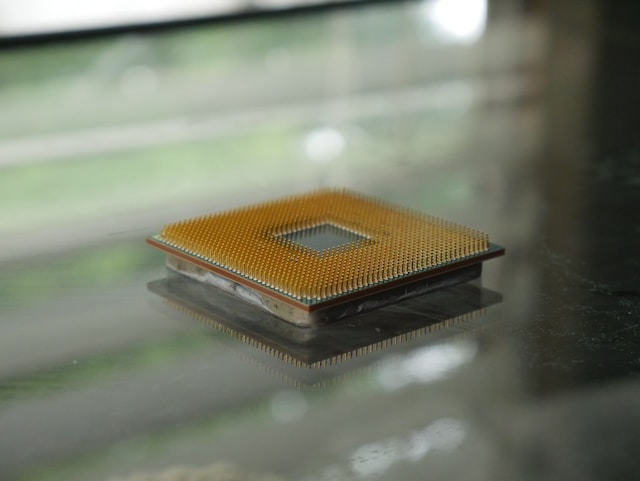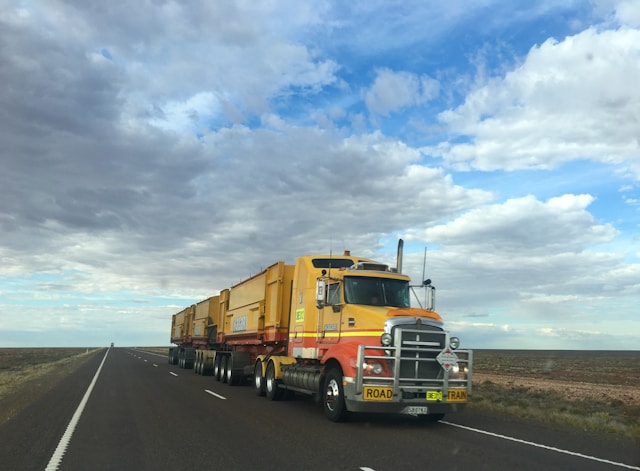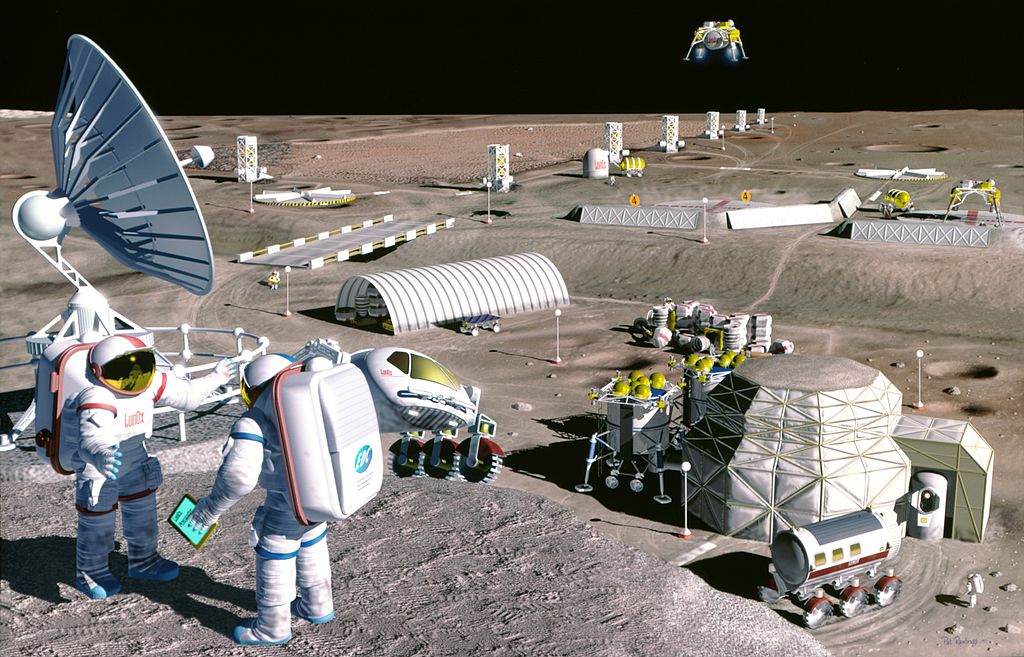Sixty percent of the world’s energy consumption takes place in urban areas around the world. This number will increase to 70% by 2050 as the world’s population grows and cities along with it. In order to meet energy demand the management of energy and emissions must be monitored and controlled by new smart grid technologies.
Asea Brown Boveri Ltd. (ABB) based in Zurich, Switzerland, is a global leader in power and automation technologies, employs 145,000 people in 140 countries and was founded in 1883. ABB has a history of innovation and has contributed to many of the technologies that underlie modern power systems. ABB is the world’s largest supplier of industrial motors and drives, the largest provider of generators to the wind industry and the largest supplier of power grids worldwide.
ABB Project: Tallest Building in the World
Four years ago ABB was selected by the United Arab Emirates (UAE) to build the world’s highest substation on the 155th floor of the world’s tallest building, “Burj Khalifa” in Dubai. The building is the tallest man-made structure in the world at 2,722 feet (829.8 meters) and reportedly cost $2 billion. ABB designers and engineers built a custom distribution substation and control equipment to maximize energy efficiency, offer electrical stability and safety, and provide everything from lighting and elevators to the ventilation, heating and air-conditioning systems.
ABB delivered 50 lightweight gas insulated medium voltage switch gears that are very easy to service; ABB also supplied 72 Resibloc dry-type transformers custom-designed for the tower to fit in tight spaces. These space-saving and compact designs and state of the art products and controls helped land the project. The fact that ABB has long had operations in Dubai was also an important factor in winning the contract.
Records Achieved in Burj Khalifa Project
- tallest existing structure: 2,722 feet
- tallest structure ever built
- tallest freestanding structure
- tallest skyscraper to top of spire
- tallest skyscraper to top of antenna
- building with the most floors: 163
- building with world’s highest occupied floor
- world’s longest travel distance by elevator
- highest vertical concrete pumping: 1,988 feet
- first world’s tallest structure to include residential space
The Smart Grid vs. the Old Grid
As ABB is installing smart grid technology in brand new projects like Burj Khalifa, they are also helping countries with aging infrastructure to upgrade and improve their systems.
The American Society of Civil Engineers just published a report on America’s energy infrastructure stating that while things have improved a bit the United States does not get a passing grade. The US is planning to add 17,000 miles of high-voltage transmission lines between now and 2018. The report recommends the US formulate a national energy policy, streamlined its transmission line approval process and begin planning and preparing for energy security issues.
According to case studies and information from ABB’s website, replacing aging infrastructure with smart grid technologies involves computer based, automated systems for delivering electricity and running systems.
Challenges in upgrading the US electric power grid are staggering. Every year the US spends about $63 billion in capital investment on electricity infrastructure; this includes $8 billion in transmission, $20 billion in local distribution lines and $35 billion in generation. Unfortunately the current spending trend is not enough to meet smart grid needs. For example, the gap for investment in distribution infrastructure is estimated at $60 million in 2020 and $37 billion for transmission infrastructure.
The following video explains the Burj Khalifa.






